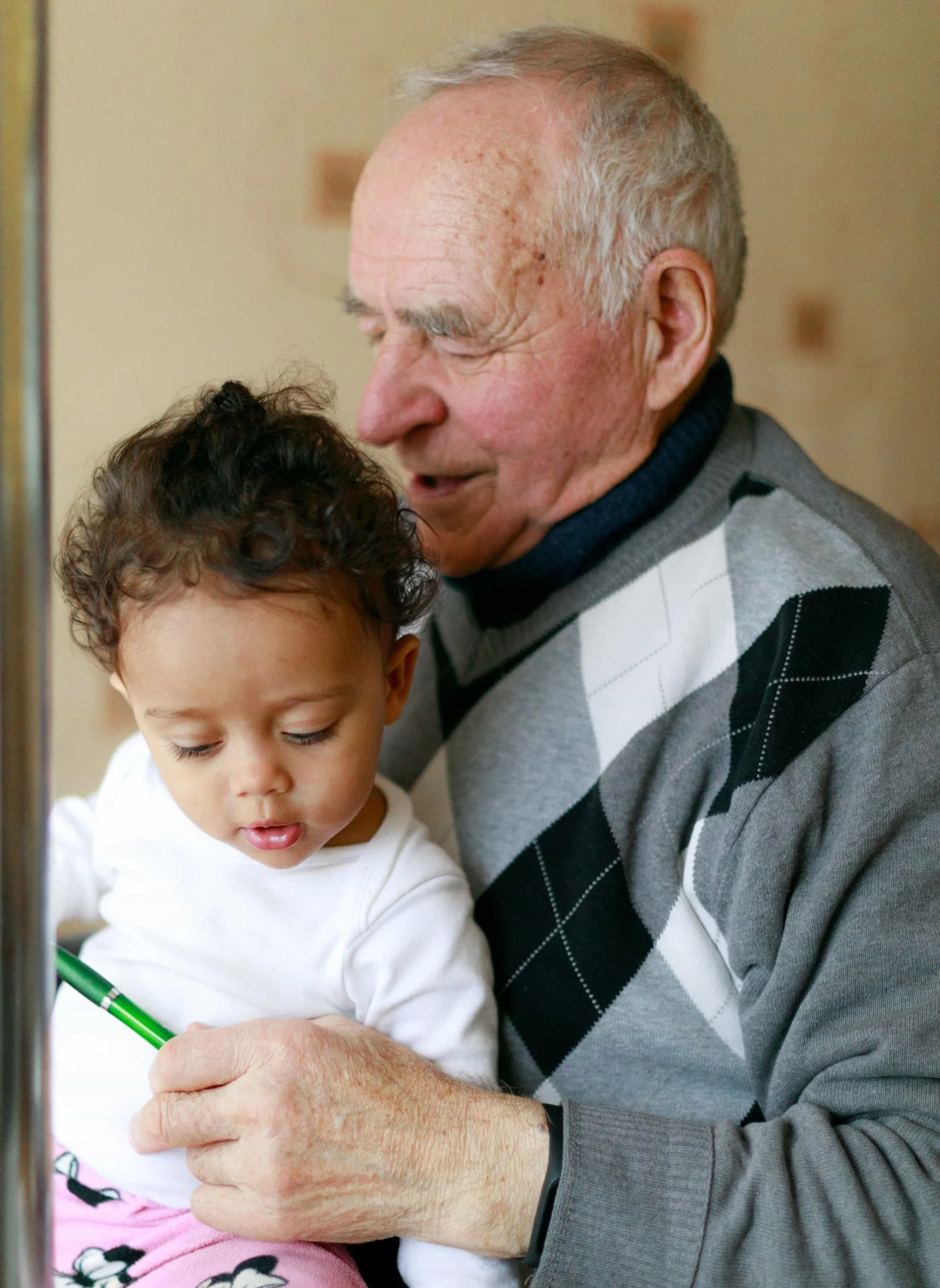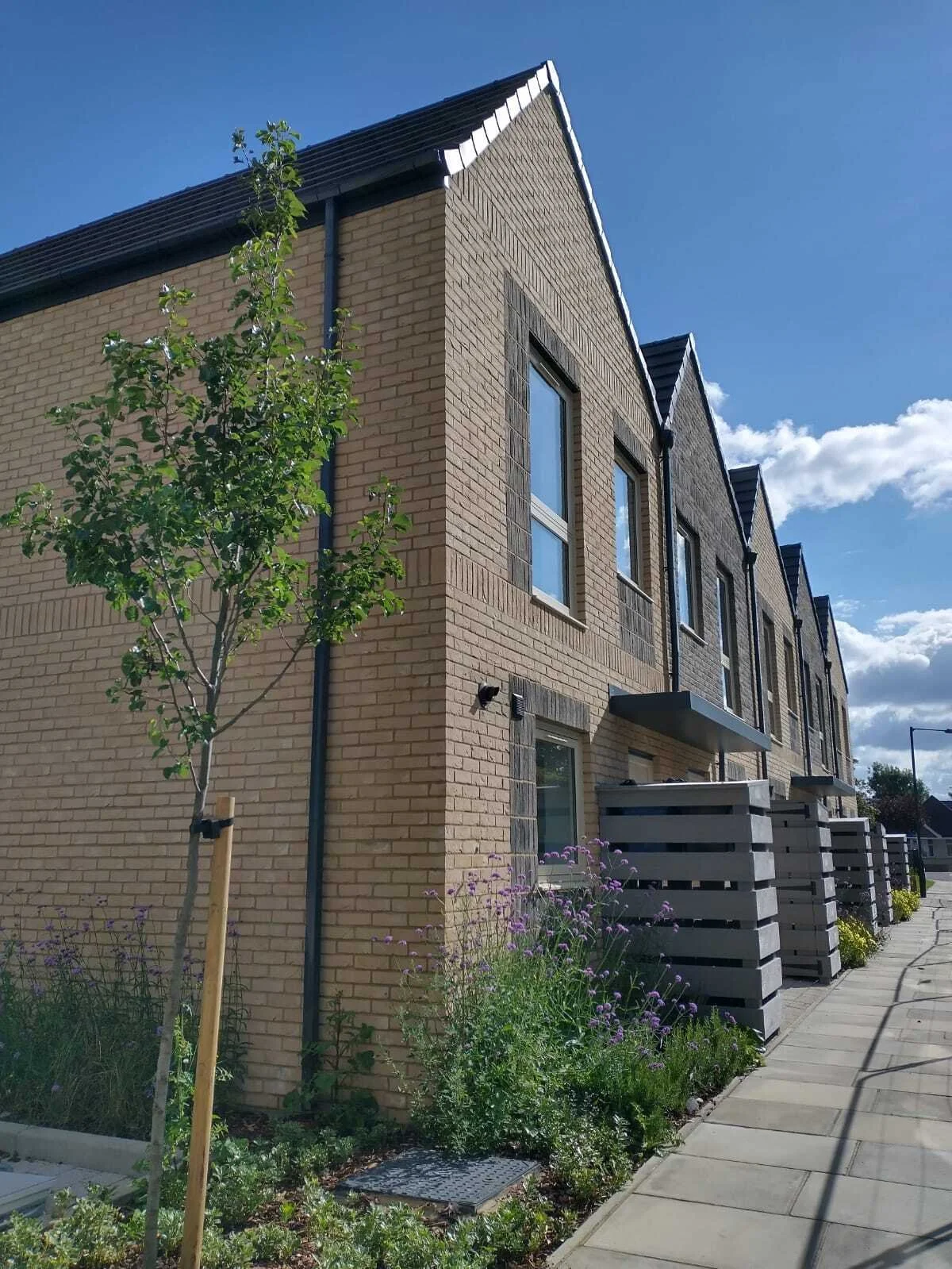Living with the Five Values:
Design for Real People
Part One: Our Values and Mindset
The five values are for everyone, and we must make sure that what we do IS for everyone. We have a rich diversity of people living in our neighbourhoods and we all have different needs over a lifetime. To go on that journey together requires a different mindset.
Rach Wooden is both a curate in a parish in South-West London and an Occupational Therapist specialising in inclusive housing design. These articles were a result of dialogue with the Church Housing Foundation team, following the Church Housing Conference in November 2022.
The Coming Home report from the Archbishops Commission on Housing, Church and Community set out 5 core values - rooted in the Christian story but resonating with all: housing should be sustainable, safe, stable, sociable and satisfying. A house isn’t safe if using the kettle is risky because it is out of reach. It’s not sociable if I can’t invite my friend over because they cannot get up the steps to my house, or if my toilet is inaccessible to them. It’s not stable if the constraints of the house force us to move as our needs change due to age or impairment. It’s not sustainable if we have to rip out and refit a bath or kitchen that is otherwise in good order, but unhelpful design means we can’t make use of it. A home is definitely not satisfying if the products fitted are ugly and institutional-looking and just make us feel miserable.
The good news is that it doesn’t need to be this way, and there is a great deal that we can do differently with some thought and care.
Homes reflecting God’s heart
As an Occupational Therapist working in an inner London council housing department, I have developed a passion to see well-designed affordable homes built for the local community; homes for real people with a diverse range of needs. I spent years being with people who have experienced heartache and frustration, when their homes have become places of entrapment rather than refuge, and places of danger rather than safety. Basic activities like toileting, washing and cooking were impossible to achieve without huge effort and/or unwanted reliance on others. Homes often became full of unsightly equipment.
For many people I have worked with, their homes have not been life-giving.
When someone has had their home adapted well, or when someone moves into a new accessible home, the change can be dramatic. Hearing positive feedback is always a hugely encouraging moment and reaffirms to me why I love my job! I’ve had people write to say that they love their beautiful new accessible home and have a much better quality of life and health. They are in less pain because they can get everywhere in their home in their wheelchair. They are able to shower every day, are more independent in their kitchen, and are able to cook healthy meals.
More recently I have also begun to reflect on this theologically (which I won’t repeat here but you can read if you are interested - How can inclusive design, disability theology & housing theology influence house building to benefit everyone? | #ForAccessibleHomes News | Habinteg Housing Association). I am absolutely convinced that because God welcomes all of us, our homes need to reflect God’s heart. As the Church, we have been given this mantle of including and welcoming others as we help to bring in the kingdom of God in our communities and neighbourhoods.
“I am absolutely convinced that because God welcomes all of us, our homes need to reflect God’s heart.”
Shifting our mindset, challenging wrong assumptions
We need to understand how to put that vision and calling into practice. It requires us to get past some mistaken assumptions about the impact on the cost or aesthetics of a house. For example, while some new homes should be fully wheelchair accessible, it is not the case that all need to be. It is true that there are choices we should be making that might mean spending more (a tiny fraction of the future cost of adaptation), but there are also design decisions that cost us nothing.
What we really need to do is adopt a ‘design for all’ mindset that means we take good decisions and place value on design for real people. This simply produces better homes for everyone. So when we talk about inclusive, adaptable and accessible homes we need to keep in mind these are just homes designed for everyone; designed to age with us, allowing us to make simple adaptations if needed in the future, and incorporating features which consider people with a whole range of needs and impairments (both hidden and visible). All the new homes we are building should be ‘designed for all’.
Coming home to inclusive housing
The vision set out in the ‘Coming Home’ report is so vividly and clearly inclusive, and the values speak so powerfully, challenging us to meet the needs of people within every community. When we consider accessibility in the light of these values it helps us see an integral, whole community, where we take decisions that benefit everyone. Our ambition to transform the situation for those who are often marginalised actually blesses us all.
In part 2, we’ll look at how good decisions at the start of projects can make all the difference, and in part 3 I’ll describe how the small details can have a huge impact, and what our work together could mean.
“It helps us see an integral, whole community, where we take decisions that benefit everyone”
Adaptable and accessible homes recently completed by RHP
Next Steps
-

Part Two - Design for All
To be blunt, sometimes meeting the needs of everyone will cost more, or make less money. We may need to make sacrifices, but it is an investment that sees results…
-

Part Three - Beauty in the Details, and a force for good
Accessibility can incorporate both beauty and value for money, but the industry does not always do a great job by default…
-

Join the Conversation in our Community
Have questions to ask or points of your own to make?



